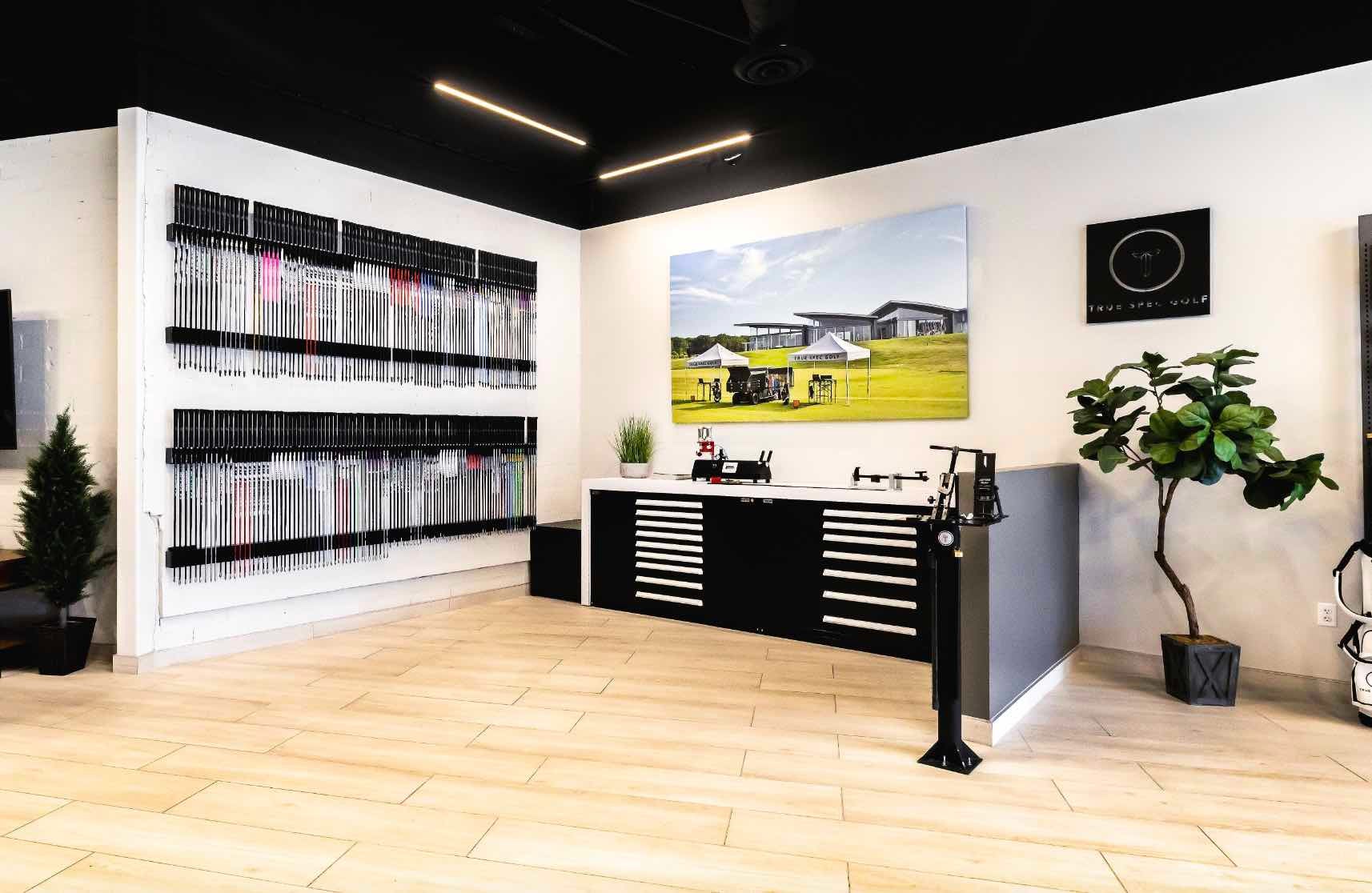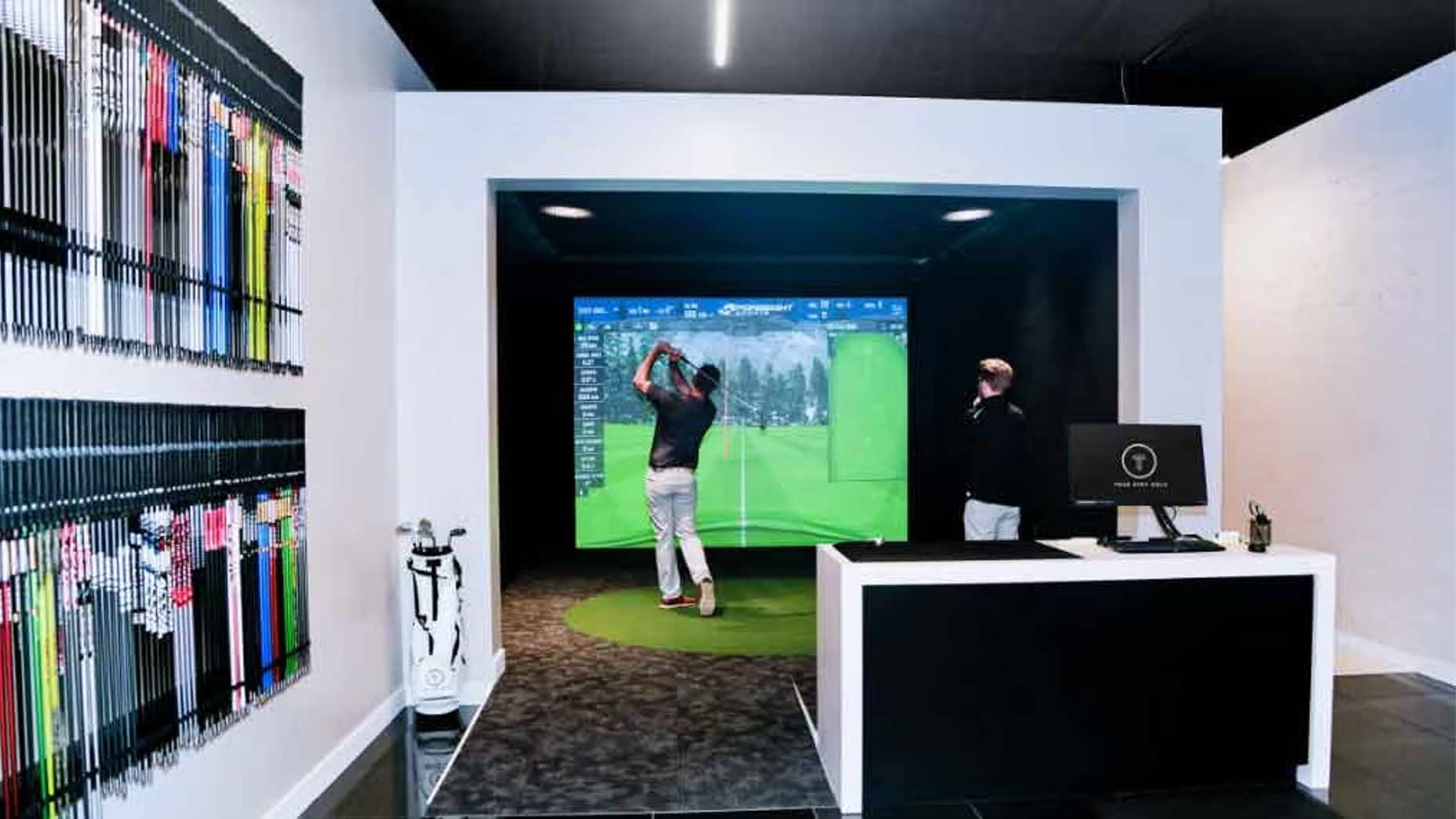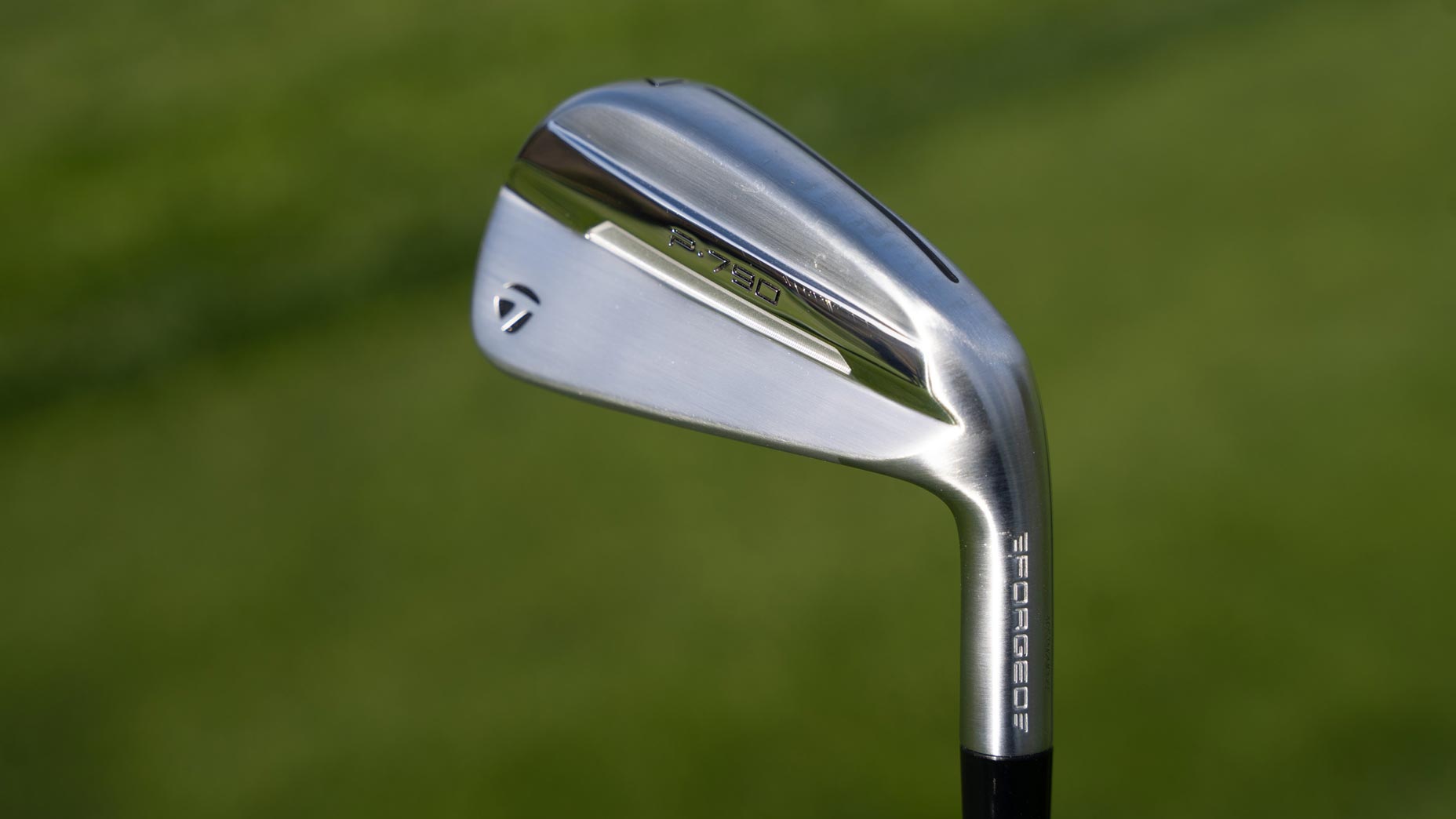Every golfer dreams of honing a well-rounded game, with each shot flowing seamlessly into the next. Yet, many players unknowingly sabotage themselves by carrying clubs that create distance overlaps or, worse yet, massive distance gaps. This is where proper club gapping and set composition come into play — that is, the art and science of ensuring every club in your bag serves a specific purpose.
Without the understanding of why you carry a specific club, its carry number and the role it plays in your bag, you are only hurting yourself. Not knowing the distances of every club in your bag is the equivalent of having a toolbox full of random screwdrivers. Can you get the job done? Maybe. Can you get it done to the best of your ability? No chance!
What is distance gapping?
Gapping refers to the distance increments between each club in your set. Ideally, there should be a consistent gap — typically 8-12 yards — between each club. If your 7-iron carries 150 yards and your 6-iron flies only 155, you’ve got a problem. That’s a wasted club slot! On the flip side, if your 7-iron flies 150 yards and your 6-iron maxes out at 170, you’ve got a 20-yard dead zone that could leave you stranded.
Improper gapping can wreak havoc on your game. Ever found yourself in that awkward in-between distance where your full 9-iron is too much, but a choked-down wedge doesn’t feel like enough? That’s a sign of poor gapping. The result? Uncertainty, second-guessing and errant shots.
Many golfers make the mistake of carrying clubs they rarely use while overlooking key distance gaps. That 3-iron collecting dust in your bag? It might be time to replace it with a hybrid or higher-lofted fairway wood.
Dialing in your set composition
Your set should be tailored to your swing speed, skill level and playing conditions. Here’s a breakdown of what to consider:
1. Wedges: Many amateurs overlook wedge gapping. A common pitching wedge loft is typically around 45 degrees, while a sand wedge is typically 56 degrees. That’s an 11-degree gap! Consider adding a gap wedge (50-52 degrees) to smooth things out and give yourself better control on approach shots.
2. Irons: With modern iron lofts getting stronger, many golfers find themselves hitting a 7-iron where they once used a 6-iron. Be mindful of the actual lofts of your clubs rather than just the number stamped on them. Since there are no industry standards for lofts, a fitting session can reveal any gapping issues and suggest potential replacements.
3. Hybrids vs. Long Irons: Unless you’re a ball-striking machine, long irons (3-5) can be difficult to hit consistently. Many players benefit from replacing them with hybrids or high-lofted fairway woods for added forgiveness and playability.
4. Driver and Woods: Your driver of choice should help manage your miss and keep you in play. Your fairway woods should complement your driver, not compete with it. A common setup includes a driver, a 3-wood and either a 5- or 7-wood and/or hybrids, ensuring smooth gapping from tee to fairway.

True Spec Club-Fitting
Get fit, play smarter
The best way to ensure proper club gapping and set composition is through a professional club fitting. Working with a professional fitting company, like True Spec Golf, and utilizing a launch monitor, can reveal your exact carry distances, helping you optimize your bag.
Golf is already hard — don’t make it harder by carrying the wrong clubs. With the right gapping, every club in your bag will have a clear purpose, leading to more confident swings, better scores, and, ultimately, more fun on the course.
Is your distance gapping dialed in? Find a fitting location near you at True Spec Golf.










